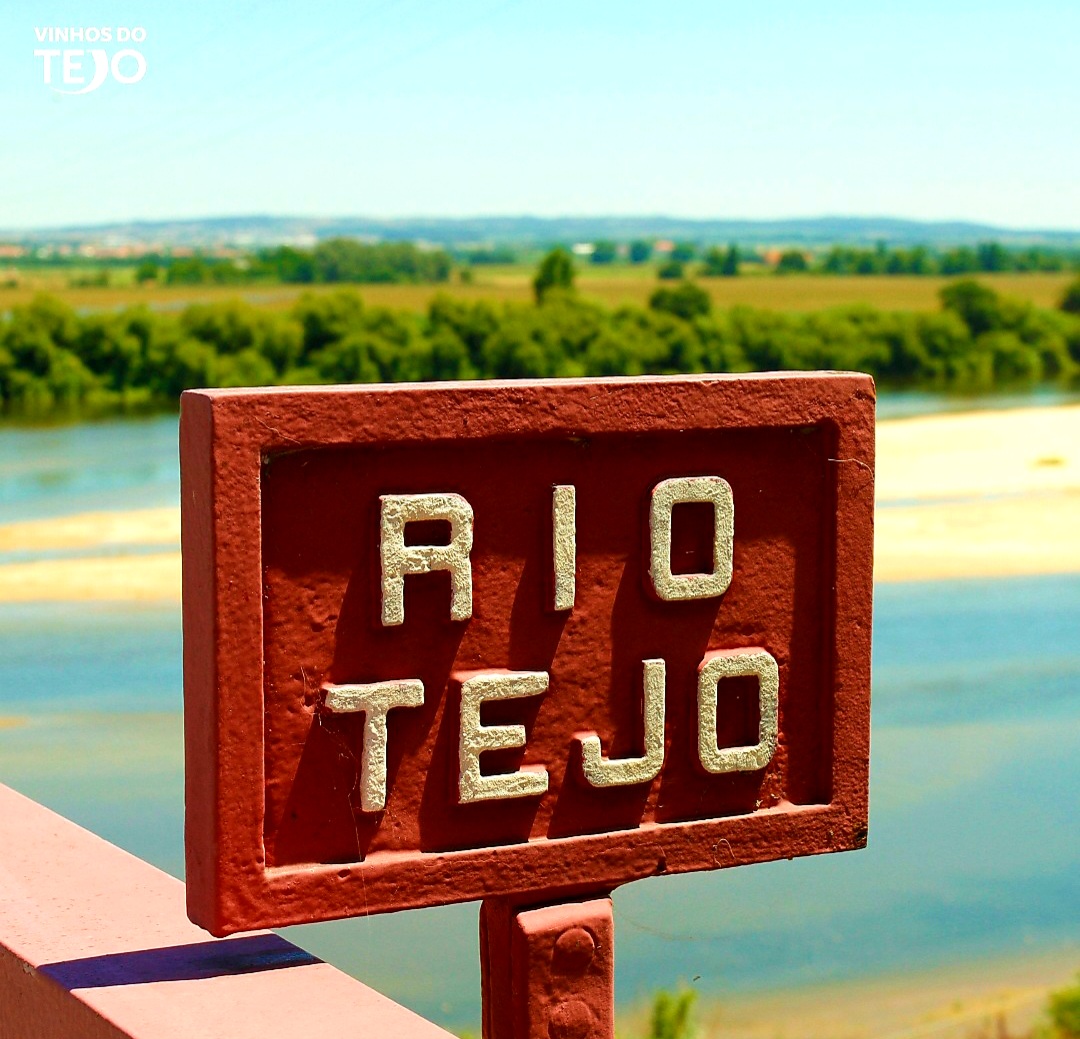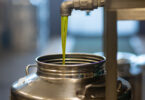Among Portugal’s rich and ancient wine history, Tejo wines have occupied a space since Roman times.
The Tejo River gives the surrounding geography a unique climate with warm, dry days, cool, humid nights, often with quite heavy fog in the early mornings. This combination of climates gives the area’s wine production a lasting freshness, evident in both young white wines and the many age-worthy red wines.
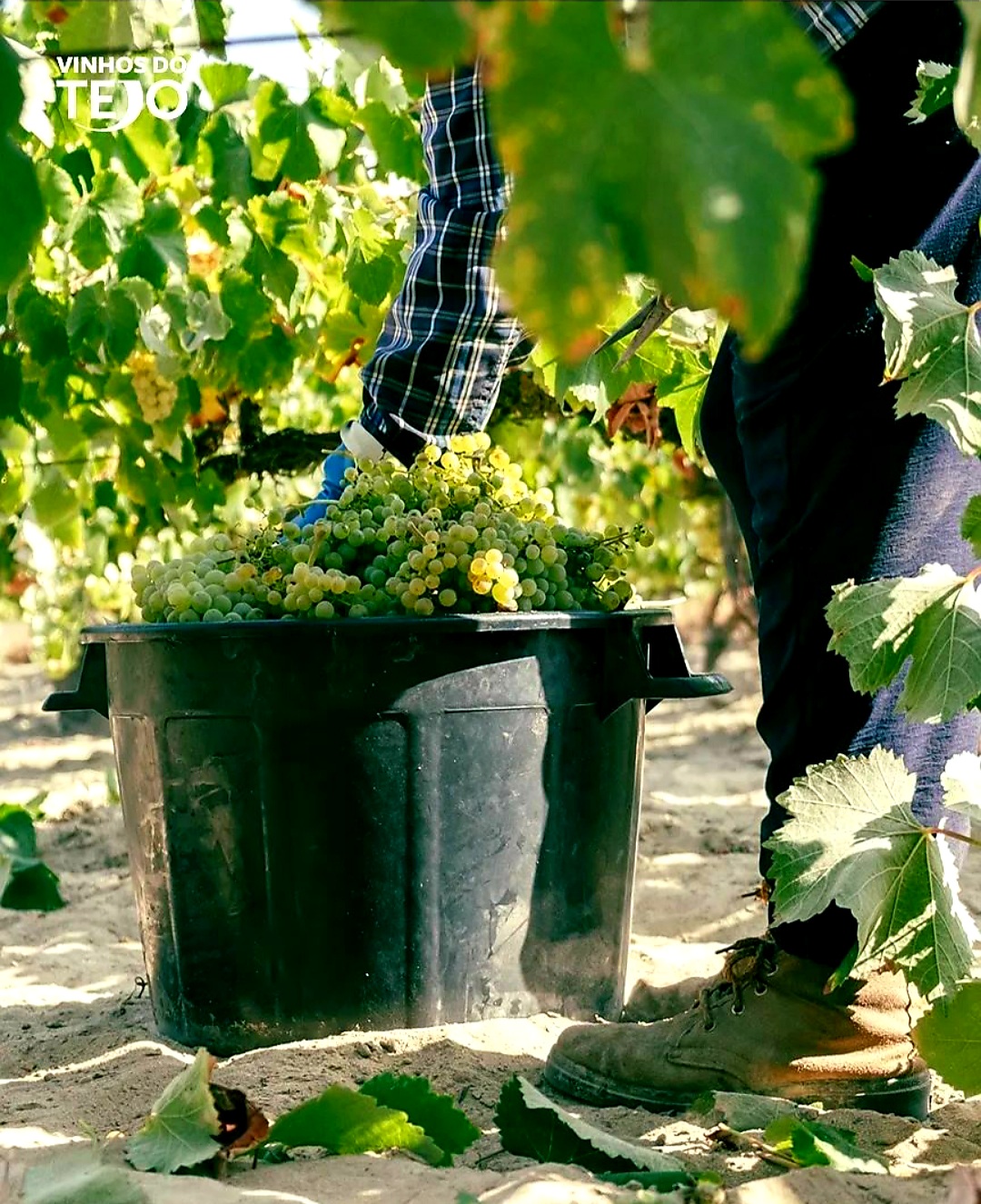
©VINHOS DO TEJO
The river also ensures abundant water supplies. The entire region can extract and use all the water it needs in the vineyards and cellars, and then return water in good condition to the river to preserve water resources within the region and downstream.
Located in the heart of Portugal, along the banks of the iconic Tejo River, the region takes its name from the river that has shaped the landscape, climate, economy and entire community.
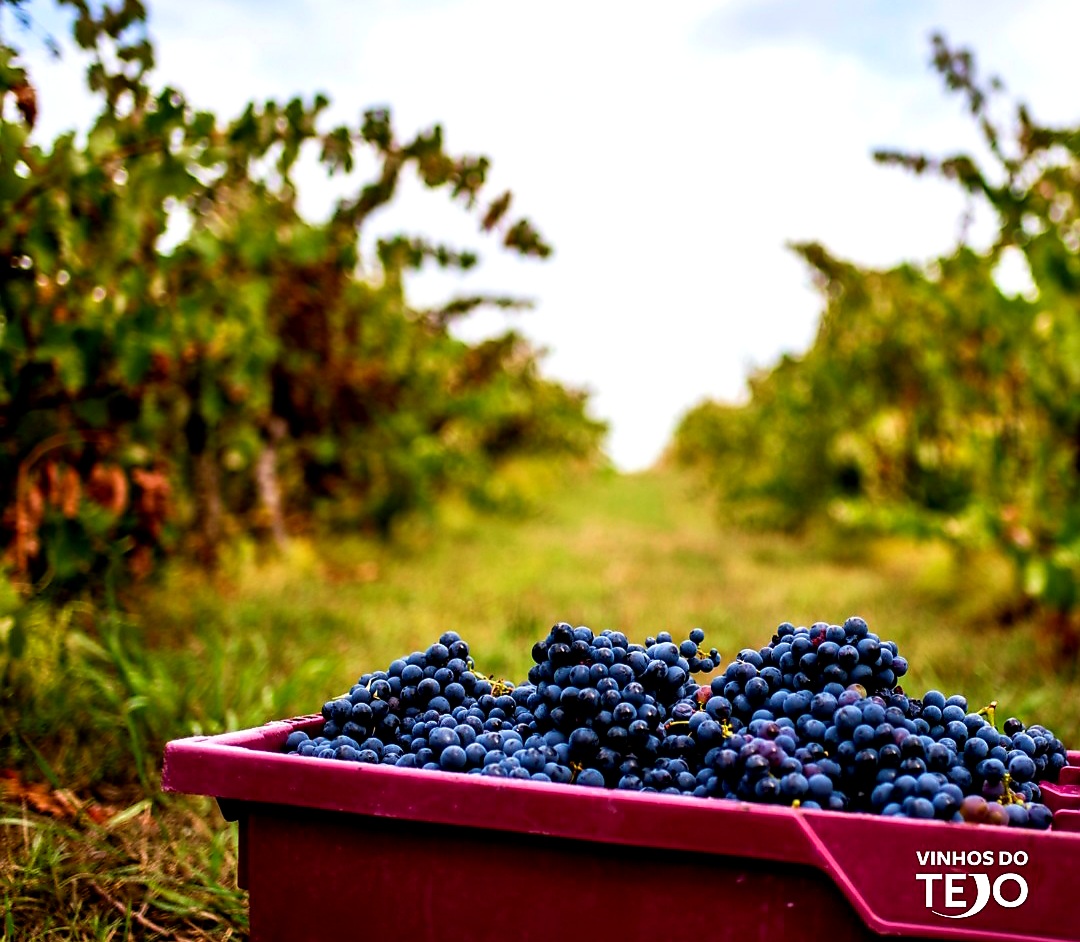
©VINHOS DO TEJO
The Tejo wine region begins about 40 kilometers upstream from the center of Lisbon, and then runs along the river on one or both banks for 45 kilometers in a northeasterly direction towards the Spanish border. The region covers a gross area of about 7,000 km2 with 12,500 hectares of vineyards and encompasses 21 municipal regions.
Currently, Tejo produces just over 30 million liters of certified wine per year, ranking fifth among Portugal’s fourteen wine regions.
The Tejo wine community is made up of over 80 wineries and 4 cooperatives. Many of the wineries have been family-owned for generations.
The wine region comprises three distinct geographical grape-growing areas: BAIRRO; CAMPO; CHARNECA.
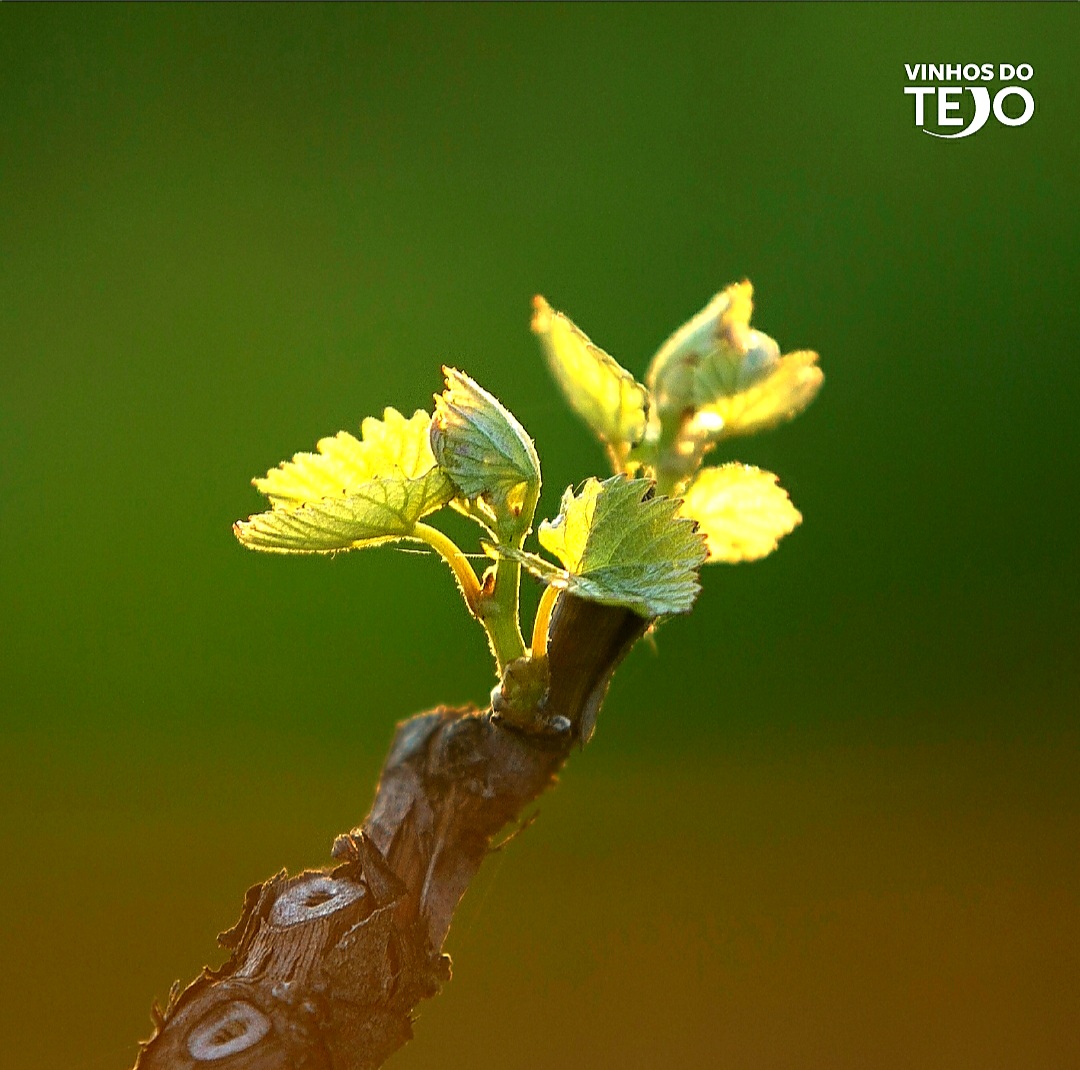
©VINHOS DO TEJO
BAIRRO is characterized by clay-limestone soils and some schist soils.
Located to the north and east of the right bank of the Tejo (Tagus) River, with the Serra de Montejunto to the east and the foothills of the Serra de Aires and Candeeiros mountain ranges to the north. Clay-limestone soils prevail, with some schist soils near the city of Tomar. Ideal natural conditions for great red wines.
CAMPO has more fertile soils located in alluvial areas.
The Campo area has been affected by periodic flooding of the river. The mornings are foggy and humid, the afternoons very hot and the nights cold. The production of white wine predominates, especially from the Fernão Pires grape.
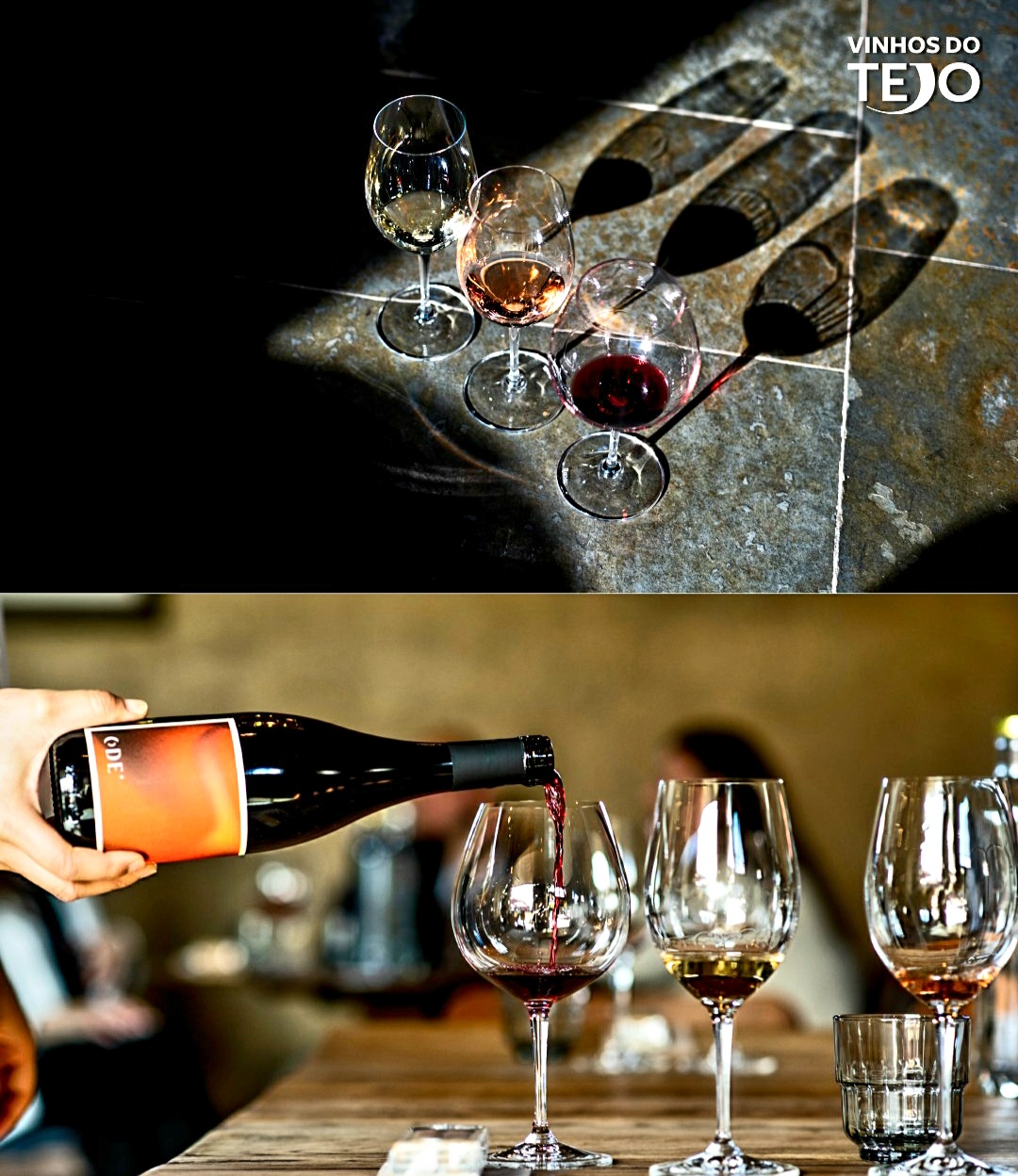
©VINHOS DO TEJO
CHARNECA has poorer sandy and gravelly soils.
Located to the south and southeast of the left bank of the Tagus River, sandy and less fertile soils with gravel predominate.
In this area, temperatures are higher and the climate is generally warmer and drier, which speeds up the ripening of the grapes and produces more concentrated wines.
The region offers a wide range of styles to suit all tastes and budgets. The native red grapes of Tejo include Castelão, Trincadeira, Touriga Nacional and Aragonês. The aromatic Fernão Pires and the lively Arinto produce some of the most refreshing white wines in the region. These indigenous grapes thrive in the warm climate and complex soils of the Tejo region, while maintaining a high natural acidity, to produce balanced wines with bright fruit characteristics.
Native grape varieties predominate, along with selected international grape varieties suited to the region.
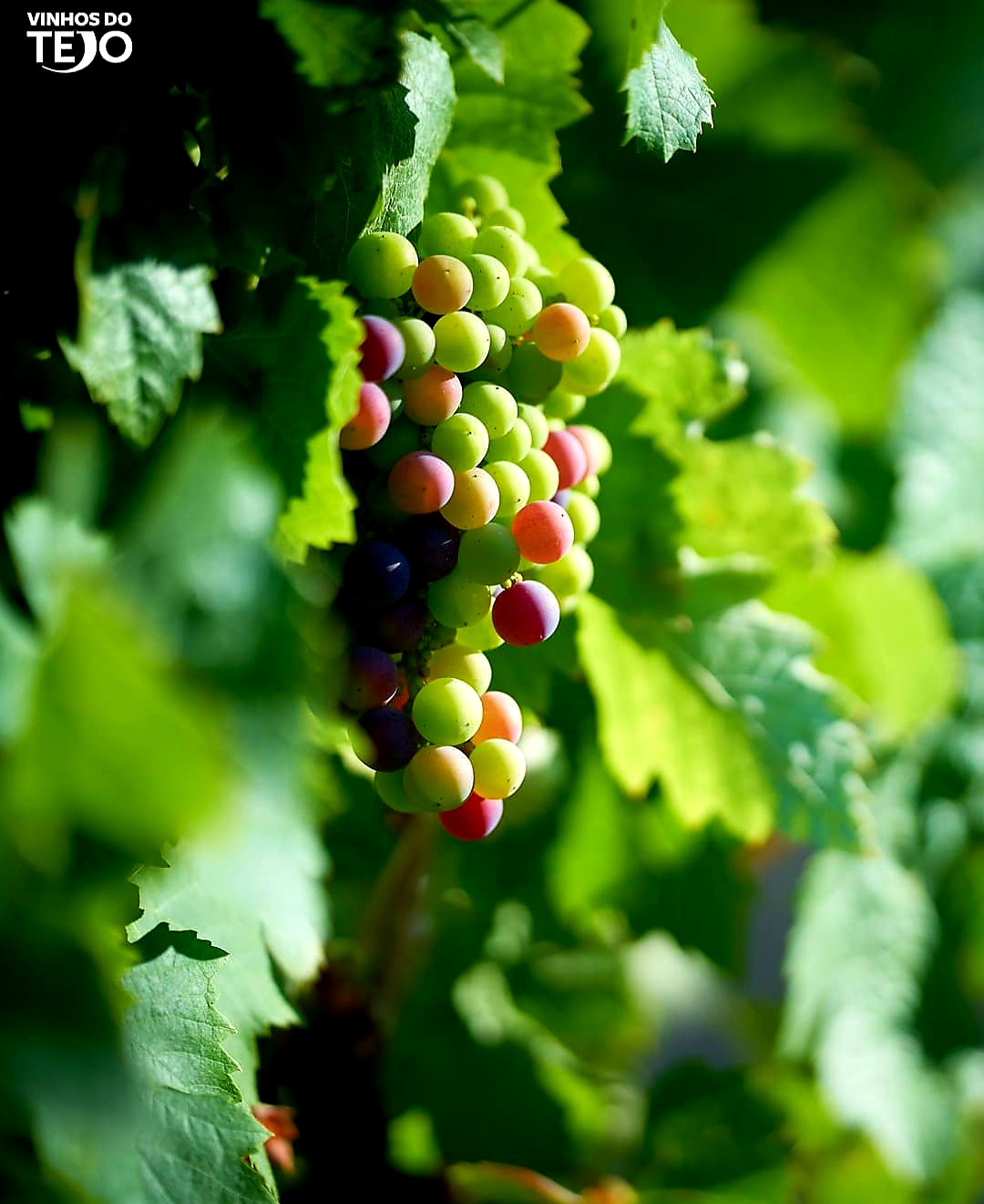
©VINHOS DO TEJO
The main white varieties are Fernão Pires, Arinto, Verdelho, Alvarinho and also Chardonnay and Sauvignon Blanc. The red varieties are Castelão, Trincadeira, Touriga Nacional, Alicante Bouschet and Aragonez, as well as Syrah and Cabernet Sauvignon among others.
Fernão Pires is the most planted grape variety in the Tejo wine region, widely used in the production of white wines, monovarietal or blended. Fernão Pires is very versatile, producing distinctly aromatic and fresh still and sparkling wines, as well as dessert wines and liqueurs.

©VINHOS DO TEJO
The region’s indigenous grapes thrive in the warm climate and complex soils of the Tejo, while maintaining their high natural acidity, producing balanced wines with bright fruit characteristics.


